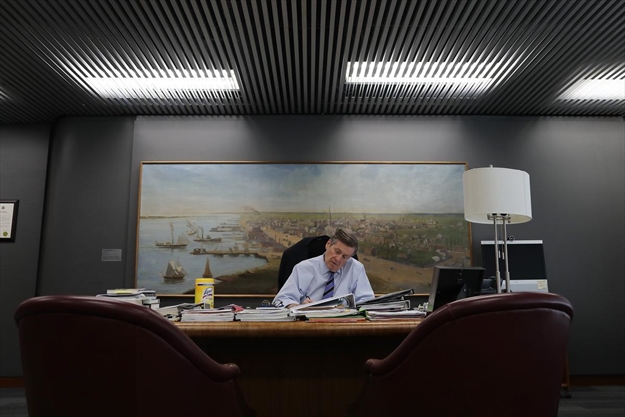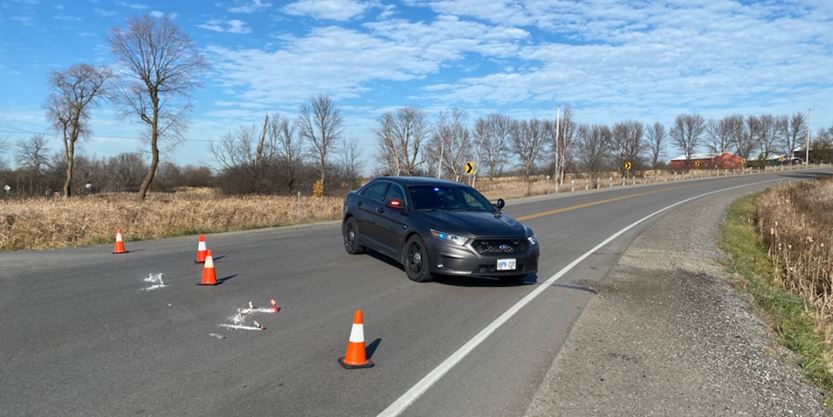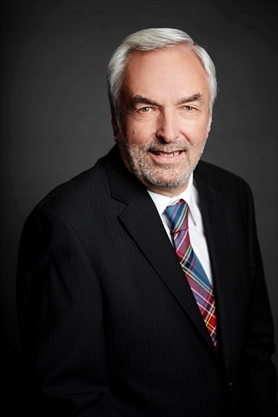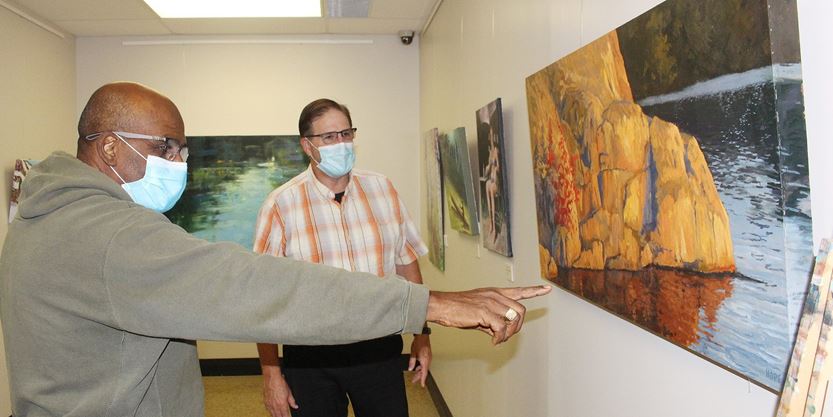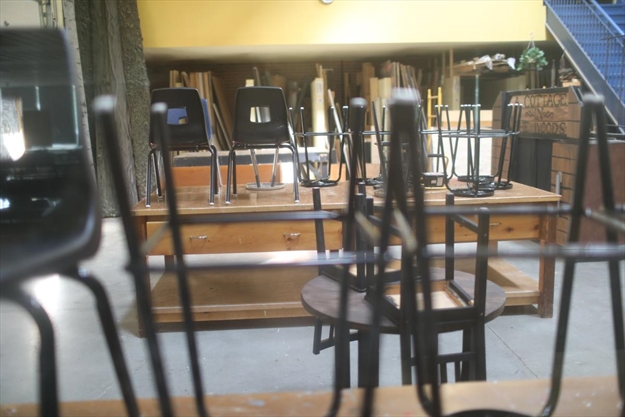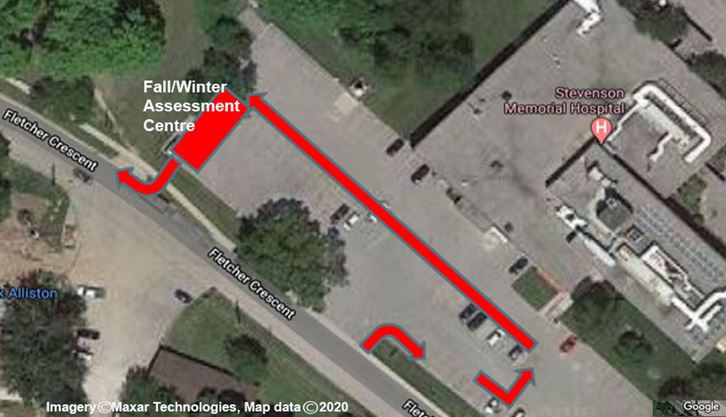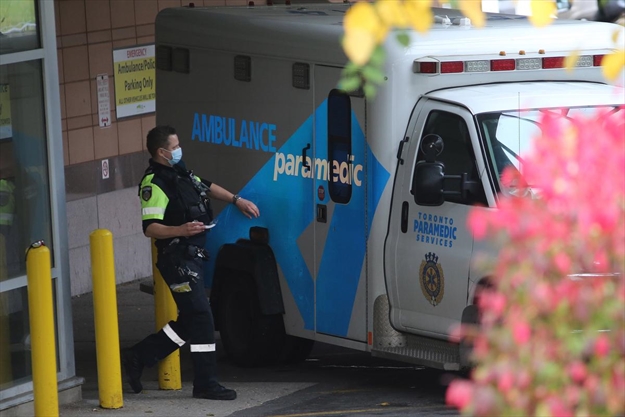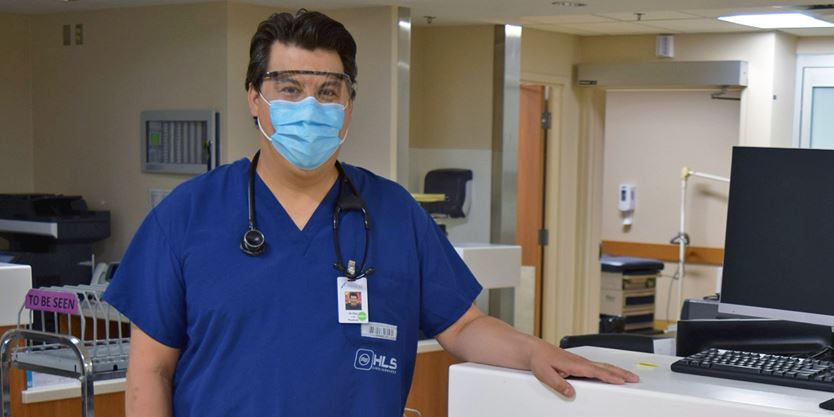‘It’s been quite searing’: John Tory on being Toronto’s pandemic mayor, Dr. Eileen de Villa — and whether he’ll run again
John Tory is entering the back half of his second term as Toronto mayor consumed with an enemy that didn’t even exist one year ago.
We talked to him about how has changed his job and if seeking a third term is a possibility.
How has the pandemic changed what you do day-to-day as mayor?

Tory: I’m doing a lot of events virtually, which is a very big difference. But it’s actually proven to be quite useful as a means of being more open to people. If you are disabled, or a senior person or whatever, and you had access to the internet, you can be part of these public meetings. I’ve done town halls, I’ve done statutorily required public meetings, for developments and for different things.
You’re known for a long work day. Has the pandemic made it longer?
Tory: The emergency response has given me extensive additional responsibilities and extra dealings with other governments — I did so on routine things but now also on emergency stuff. So being mayor has really become two jobs. I say that without complaint. It’s just more difficult to do two jobs, whereas you were doing one before. The pressure of the second job — in context of the immediacy of decisions the consequences of them for people — it’s not lost on you when you’re sitting trying to make those decisions.
Decisions you make with Dr. Eileen de Villa, the city’s public health chief, literally spell life and death for people.
Tory: Back in March on a Saturday morning about six of us got a presentation from Dr. de Villa on projections for (COVID-19) and there was the case, if we did nothing how many would die, and I think the median number was 8,000 people in the city of Toronto, between then and the end of the year, and it ranged up as high as 10,000. If somebody told you that many people were going to die in Toronto, short of an explosion of some kind or a terrible earthquake — I was just stumped … When I wake up, the first news I hear is at 5 a.m. and when I hear about a tragic death from COVID-19 or anything else, you take it very personally, not that you could have stopped it, but you do think ‘If only we’d done this, or done that.’ You really don’t want anyone to come to any bad results in the city. So it’s been quite searing in that respect, as I think it would be for any human being.
Normally you are making decisions with other politicians. What is your decision-making process with de Villa?
We’ve operated very much in a collegial way. I think you’ve seen that I’ve been on the same page as her pretty much every day. There are some times we work to get to that place, just because I might have a different going-in opinion, just based on what I think is best for the city or what I think the public would accept. We’ve worked extremely well to come to what I think is the right place. She relies on me, to some extent, I think it’s fair to say, to help deal with other governments while she deals with her counterparts.
Hopefully, the pandemic will be behind us as you near the end of your second term in 2022. Are you more likely now than a year ago to seek a third term?
I haven’t had time to think about it. I think you have to ask yourself that question first — above anything else — what do you want to do with your own life? The second question is, ‘What about your family?’ The third thing is ‘Is it going to be in the best interest of the city for you to try to stay?’ I am nowhere near ready to retire — the structure of work for me is something that I value — the challenge — and I still have a huge desire to give back. I have nothing much left to prove to myself. If anything, it’s that I’d like to be a better husband, father and grandfather than I’ve been able to do in this job.
Many people say your wife Barb Hackett will be the deciding factor, her opinion and the state of her autoimmune nerve disorder.
Tory: Luckily, her health now is great. But her views will count for everything. We’re both the same age (66). So you ask yourself ‘Well, how do you want to spend your years?’ Because (being mayor) is a four-year term. But we have not had that discussion — it just isn’t time yet.
This interview was edited for brevity and clarity.
David Rider is the Star’s City Hall bureau chief and a reporter covering city hall and municipal politics. Follow him on Twitter:
